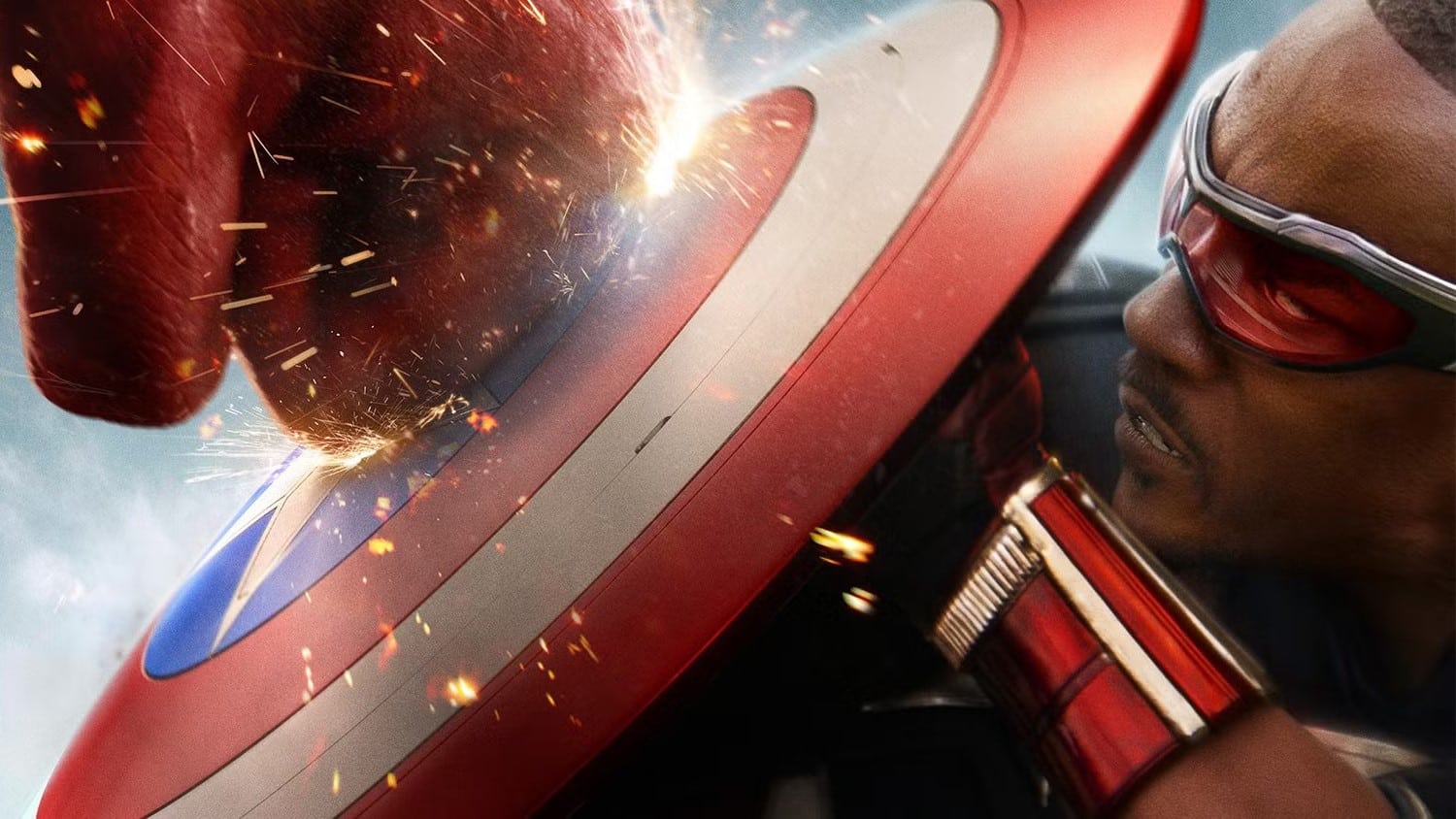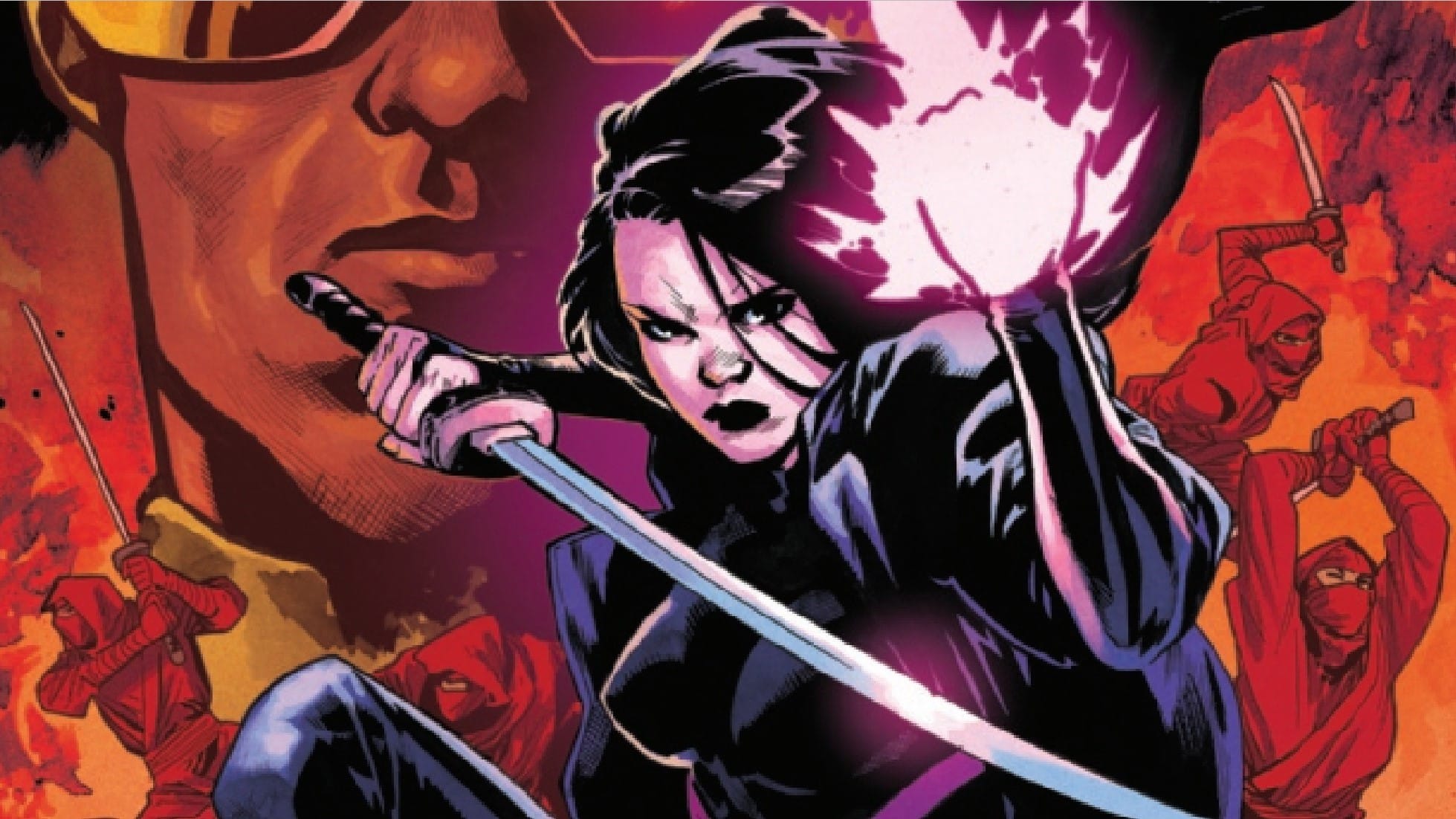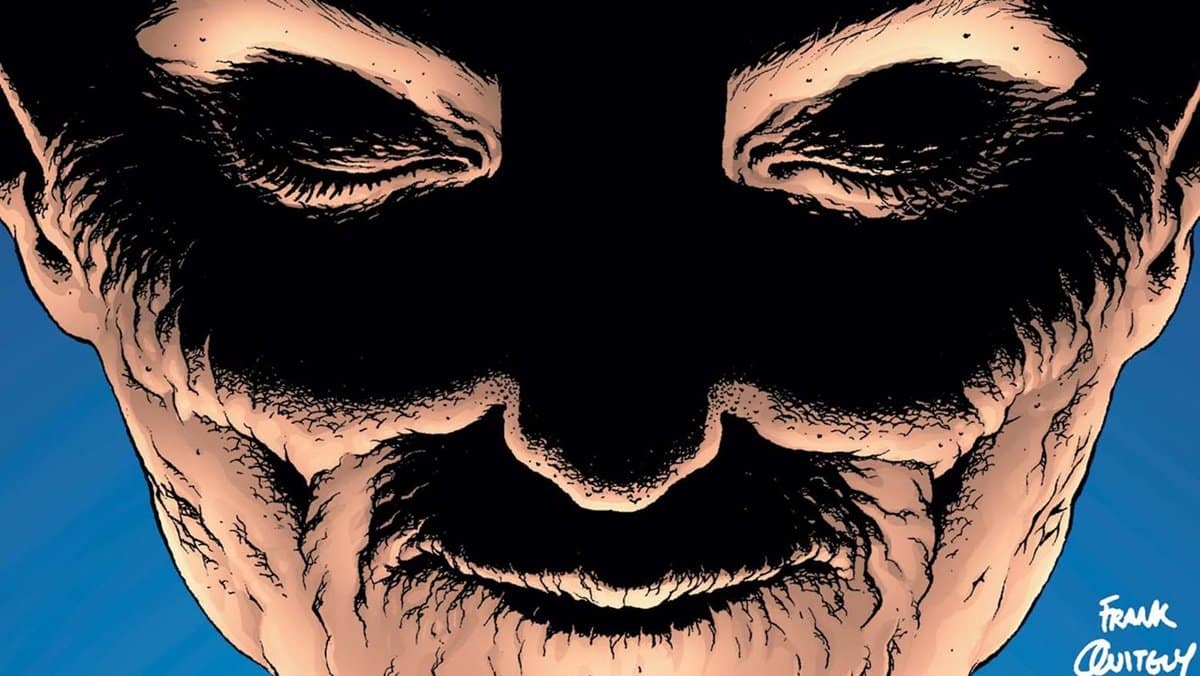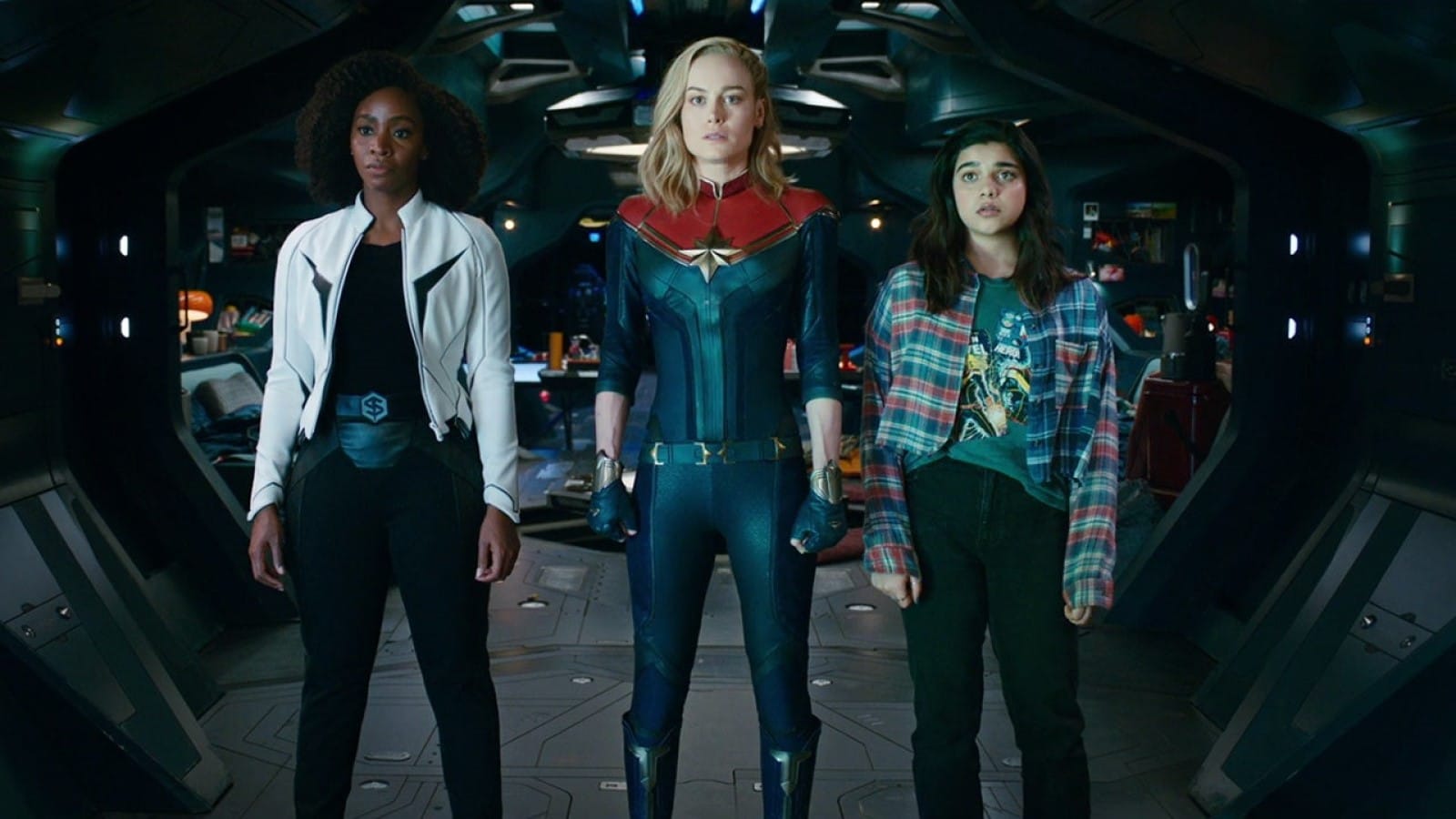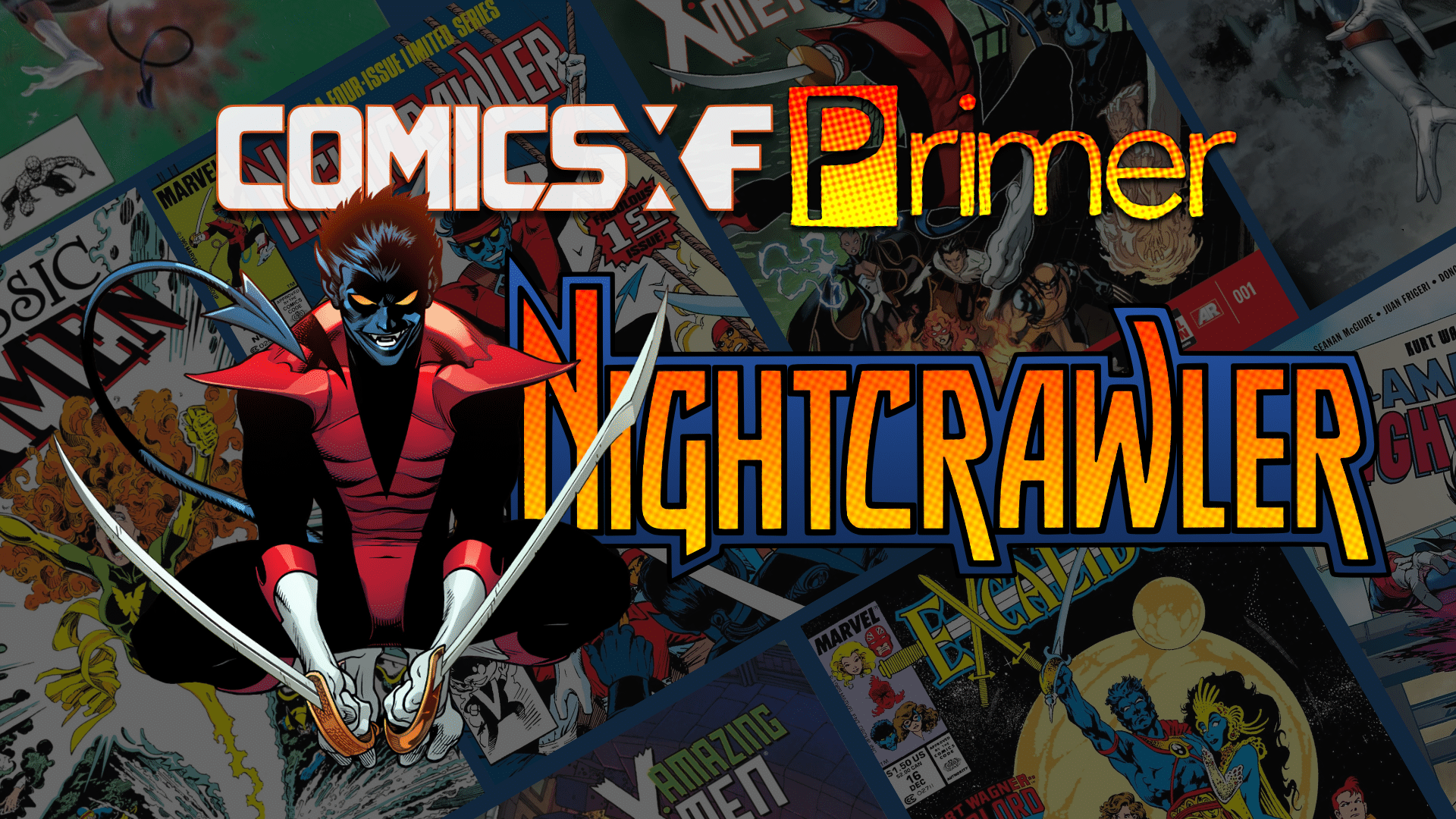The X-Men and the Avengers have had a long and complicated relationship with one another, dating to their shared birthday on July 2, 1963, and continuing through a series of meet-ups, miniseries and misunderstanding-based fights. From their first encounter in X-Men #9 to the time the love-child of Professor Xavier’s suppressed rage and Magneto’s … less suppressed rage ate the Avengers, to the Avengers “Unity Squad,” the lines between the two teams have been consistently defended, blurred and, on rare occasions, crossed. One such occasion occurred very quietly in the ’80s and lasted into the ’90s, when Sam Wilson, formerly Falcon and currently Captain America, was revealed to be a mutant.

It all started in 1974’s Captain America #174, part of the first “Secret Empire” storyline, which famously concluded with Richard Nixon revealed as the head of an evil criminal cabal before killing himself in front of Steve Rogers. At the time, Sam, as Falcon, was operating as Captain America’s partner and writer Steve Englehart was doing his best to keep the X-Men IP alive by featuring them where he could while their pre-“All-New, All-Different X-Men” book was stuck in reprint limbo. As such, he worked a plotline into his “Secret Empire” arc that involved the titular empire using mutants as part of their evil plot. In the process, Englehart featured nearly every known mutant at the time, with Professor X, Cyclops and Marvel Girl playing an active role helping Cap and Falcon defeat the villains. In the process, Falcon’s ability to “hear” Professor Xavier’s telepathic projections leads Xavier to speculate that, along with the special bond he reportedly shares with Redwing, his bird, Falcon may be a mutant.

This bit of errant speculation on Xavier’s part lingered for about a year, until a subsequent story by Englehart which features the return of both Steve Rogers as Captain America and the Red Skull. In Captain America #186, Red Skull reveals that Falcon’s heroic persona was created and implanted by Red Skull via the Cosmic Cube, and that Falcon is actually an amoral gangster, “Snap” Wilson (all part of a plan by Red Skull to create a sleeper agent close to Cap). While later stories would retcon the the ill-advised “let’s make Marvel’s first African-American superhero into a secret criminal” retcon (establishing that the Snap persona was the fake one and Red Skull did all this just to mess with Cap), an add-on to the original story is the implication that Red Skull — via his Cosmic Cube muckery — is responsible for the psychic bond, not a mutant ability.
However, the notion of “hey, is Sam a mutant, maybe?” was reinvigorated in 1983’s Falcon #2. The Falcon miniseries, one of Marvel’s first character-focused minis, released at a time when the burgeoning direct market could support such a thing, has some unexpected connections to the X-Men universe. Issue #1 is drawn by Paul Smith. Released just a couple of weeks before his final issue of Uncanny X-Men, it features the same dynamic, character-driven and luxurious style as found in his all-too short X-Men run. By issue #2, Smith is unfortunately gone (he provides the cover, but Mark Bright takes over the interior art duties), but the question of Falcon’s mutant nature returns. A stealth sequel to X-Men #98, Falcon #2 features one of the Sentinels damaged during the Christmas attack on the X-Men (which led to the team going into outer space and coming home with a Phoenix) completing its self-repairs just as Falcon passes by. Detecting the presence of a mutant, it gives chase, capturing Sam and bringing him to the Sentinel base in the Adirondack mountains (from X-Men #57-59; also a future HQ of X-Force). Ultimately, Falcon escapes thanks to a nearby Army base and an assist from Redwing (summoned telepathically), which seems to confirm Falcon’s status as a mutant once and for all. A “everything you wanted to know about the Falcon” text piece at the back of Falcon #3 even concludes with the question of whether he will join the X-Men, at which point the responder abruptly shuts down the “interview”.

Yet very little ever comes of Sam’s seemingly confirmed status as a mutant. The X-books of the time, certainly, did nothing with Falcon. Instead, he settled into his usual role as a sidekick to Captain America (particularly during the time when Steve Rogers gave up the identity and operated as “The Captain”) and occasional Avenger (including during “Acts of Vengeance,” when he fought Freedom Force). None of the various Marvel Handbooks mentions it. Yet the idea that Falcon was a mutant lingered, and made its way into fan conversations and nascent message boards. And then, in Onslaught: Marvel Universe, there’s Falcon, flying into the swirling mass of psionic energy that Onslaught has become, something which, as a mutant, he pointedly shouldn’t have been able to do per the rules of the story.

This confusion over whether Sam was a mutant caused enough consternation among fans (or at least Kurt Busiek) that it was finally addressed definitively in Avengers Annual 2001. While the A story of that issue deals with the resolution of an ongoing plot thread involving two Hank Pyms, Busiek uses the B story as a sort of continuity repair job. Coming in the form of email exchanges between Avengers butler Jarvis and the Avengers’ new government liaison, Jarvis resolves questions like “what happened to the Teen Tony Stark who went into Onslaught when older, “regular” Tony Stark came out?” and “how did Wasp go from looking like a giant wasp/human hybrid person (the ’90s were wild, y’all) to a normal woman again?” (tl;dr: Franklin Richards). Closing out the story is a final missive in which an exasperated Jarvis asserts, emphatically, that Falcon is NOT a mutant. His telepathic bond with Redwing is “merely” the result of a Cosmic Cube-wielding Red Skull — the very explanation introduced by Steve Englehart some 12 issues after first teasing the idea of Falcon being a mutant.

When asked on Bluesky if any particular story or event prompted the inclusion of the Falcon non-mutant assertion in that annual, Busiek simply said, “people just kept fucking asking about it.” Yet Busiek’s efforts to reiterate what Englehart had established seems to have done the trick. Since his brief, almost invisible foray into the world of Marvel’s merry mutants, Sam has remained a steadfast part of the Avengers’ world, eventually ascending to become not just Captain America’s partner, but Captain America himself, currently starring (alongside Storm) in Jed MacKay’s Avengers. The question of whether or not Sam Wilson is a mutant isn’t one of those things that gets debated and discussed in the fan zeitgeist like it once was. The worlds of the X-Men and the Avengers may occasionally cross, but they ultimately return to their own corners of the larger Marvel Universe. Yet that doesn’t change the fact that for a time, there may have been at least one more mutant on the Avengers than Magneto’s erstwhile kids.
Austin Gorton also reviews older issues of X-Men at the Real Gentlemen of Leisure website, co-hosts the A Very Special episode podcast, and likes Star Wars. He lives outside Minneapolis, where sometimes, it is not cold. Follow him @austingorton.bsky.social.

